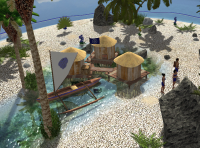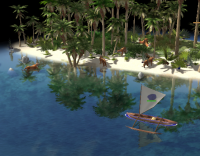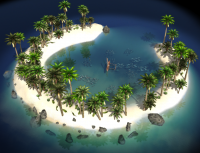Search the Community
Showing results for tags 'civ'.
-
Two things set off the Early from the Late Classic: first, the strong Izapan element still discernible in Early Classic Maya culture, and secondly, the appearance in the middle part of the Early Classic of powerful waves of influence, and almost certainly invaders themselves, from the site of Teotihuacan in central Mexico. This city was founded in the first century BC in a small but fertile valley opening onto the northeast side of the Valley of Mexico. On the eve of its destruction at the hands of unknown peoples, at the end of the sixth or beginning of the seventh century AD, it covered an area of over 5 sq. miles (13 sq. km) and may have had, according to George Cowgill, a preeminent expert on the site, a population of some 85,000 people living in over 2,300 apartment compounds. To fill it, Teotihuacan’s ruthless early rulers virtually depopulated smaller towns and villages in the Valley of Mexico. It was, in short, the greatest city ever seen in the Pre-Columbian New World. Teotihuacan is noted for the regularity of its two crisscrossing great avenues, for its Pyramids of the Sun and Moon, and for the delicacy and sophistication of the paintings which graced the walls of its luxurious palaces. In these murals and elsewhere, the art of the great city is permeated with war symbolism, and there can be little doubt that war and conquest were major concerns to its rulers. Teotihuacan fighting men were armed with atlatl-propelled darts and rectangular shields, and bore round, decorated, pyrite mosaic mirrors on their backs; with their eyes sometimes partly hidden by white shell “goggles,” and their feather headdresses, they must have been terrifying figures to their opponents. At the very heart of the city, facing the main north–south avenue, is the massive Ciudadela (“citadel”), in all likelihood the compound housing the royal palace. Within the Ciudadela itself is the stepped, stone-faced temple-pyramid known as the Temple of the Feathered Serpent (TFS), one of the single most important buildings of ancient Mesoamerica, and apparently well known to the distant Maya right through the end of the Classic. When the TFS was dedicated c. AD 200, at least 200 individuals were sacrificed in its honor. Study of their bone chemistry reveals that not a few are certain to have been foreigners. All were attired as Teotihuacan warriors, with obsidian-tipped darts and back mirrors, and some had collars strung with imitation human jawbones. On the facade and balustrades of the TFS are multiple figures of the Feathered Serpent, an early form of the later Aztec god Quetzalcoatl (patron god of the priesthood) and a figure that may, according to Karl Taube, have originated among the Maya. Alternating with these figures is the head of another supernatural ophidian, with retroussé snout covered with rectangular platelets representing jade, and cut shell goggles placed in front of a stylized headdress in the shape of the Mexican sign for “year.” Taube has conclusively demonstrated this to be a War Serpent, a potent symbol wherever Teotihuacan influence was felt in Mesoamerica – and, in fact, long after the fall of Teotihuacan. Such martial symbolism extended even to the Teotihuacan prototype of the rain deity Tlaloc who, fitted with his characteristic “goggles” and year-sign, also functioned as a war god. That the Teotihuacan empire prefigured that of the Aztecs is vividly attested at the site of Los Horcones, Chiapas, Mexico, studied by Claudia García-Des Lauriers of California State Polytechnic, Pomona. Situated near a spectacular hill, the city lies on the very edge of the great chocolate-producing area known to the Aztecs as the Xoconochco. The southern part of Los Horcones is a dead ringer for the complex composed of the Pyramid of the Moon and the Avenue of the Dead at Teotihuacan, and artifacts and monuments point to a direct Teotihuacan presence in the region. It is hard to believe that the Aztecs were not the imitators here, and that Teotihuacan was the first to interest itself in the cacao plantations and trade routes of the region. The contact did not stop there, but extended to what may be a Teotihuacan colony at Montana, Guatemala. This settlement, surrounded by others like it within a 3 mile (5 km) radius, is endowed with magnificent incense burners, portrait figurines, and an enigmatic square object known to specialists as candeleros or “candle holders,” though their function is not known. And Montana was not alone. In 1969 tractors plowing the fields in the Tiquisate region of the Pacific coastal plain of Guatemala, an area located southwest of Lake Atitlan that is covered with ancient (and untested) mounds, unearthed rich tombs and caches containing a total of over 1,000 ceramic objects. These have been examined by Nicholas Hellmuth of the Foundation for Latin American Archaeological Research; the collection consists of elaborate two-piece censers (according to Karl Taube symbolizing the souls of dead warriors), slab-legged tripod cylinders, hollow mold-made figures, and other objects, all in Teotihuacan style. Numerous finds of fired clay molds suggest that these were mass-produced from Teotihuacan prototypes by military-merchant groups intruding from central Mexico during the last half of the Early Classic. Contacts must have been intense and conducted at the highest levels. Taube has detected Maya-style ceramics at Teotihuacan, some made locally, perhaps in an ethnic enclave at the city. Legible Maya glyphs from murals in the Tetitla apartment compound at Teotihuacan attest to royal names and rituals of god-impersonation. Very likely, these refer not to mere craftsmen brought from the Maya region, but to dynastic elites. Yet the movement of these people must have been complex. Under the immense Pyramid of the Moon, Saburo Sugiyama and colleagues discovered a burial with three bodies, dating to AD 350–400, accompanied by carved jades and a seated, Maya-like figure of greenstone. The positioning of this figure and the bodies nearby, all buried upright with crossed legs, resembles patterns in tombs at Kaminaljuyu in Highland Guatemala; the date, too, is close to a period of marked contact between Tikal and Teotihuacan-related people. Bone chemistry suggests that at least one of the occupants of the tomb came from the Maya region, but spent much of his life at this important Mexican city.
-
I'm opening this topic for two reasons. Firstly as an example of how a new civilization/faction is made from its concept. The second point is the facet of the title to be dealt with, we who are outside the internal forum of the team assume that there must be in private, forgotten somewhere, the topic of the Numidian faction. ------------------------------------------------------- Numidia, under the Roman Republic and Empire, a part of Africa north of the Sahara, the boundaries of which at times corresponded roughly to those of modern western Tunisia and eastern Algeria. Its earliest inhabitants were divided into tribes and clans. They were physically indistinguishable from the other indigenous inhabitants of early North Africa and, at the end of the Roman Empire, were often categorized as Berbers. From the 6th century BCE points along the coast were occupied by the Carthaginians, who by the 3rd century BCE had expanded into the interior as far as Theveste (Tébessa). Numidian cavalry was frequently found in the Carthaginian armies by that time. The inhabitants remained seminomadic until the reign of Masinissa, the chief of the Massaesyli tribe, which lived near Cirta (Constantine). During the Second Punic War, he was initially an ally of Carthage, but he went over to the Roman side in 206 BCE and was given further territory, extending as far as the Mulucha (Moulouya) River. The Romans under Scipio Africanus and Numidians under Masinissa burned the camp of the rival Numidian chief Syphax near Utica and then overwhelmed Syphax and his Carthaginian allies at the Battle of Bagrades in 203 BCE. Syphax had been wooed by Rome, but his allegiance to Carthage was cemented when he married Sophonisba, the daughter of the Carthaginian commander Hasdrubal. Syphax was captured and exiled to Rome, where he died at Tibur (modern Tivoli). Masinissa wished to claim Sophonisba as a wife, but when Scipio demanded that she go to Rome as a captive, Masinissa gave her poison so that she might escape the fate of a prisoner. (That tragic event was often depicted in later Western paintings.) Numidian horsemanship, animal breeding, and cavalry tactics eventually contributed to later developments in Roman cavalry. In his history of Rome, Polybius underscores how important those cavalry advantages were to the outcome of the Second Punic War. Numidian superiority was demonstrated by the cavalry leadership of Maharbal under Hannibal at Trasimene and Cannae and later by Masinissa at Zama under Scipio Africanus. For nearly 50 years Masinissa retained the support of Rome as he tried to turn the Numidian pastoralists into peasant farmers. He also seized much Carthaginian territory and probably hoped to rule all of North Africa. On Masinissa’s death in 148 BCE, the Romans prudently divided his kingdom among several chieftains, but the progress of civilization among the Numidians was not seriously interrupted, and, indeed, after 146 BCE it received new impetus as thousands of Carthaginians fled to Numidia after the destruction of Carthage. In 118 Jugurtha, an illegitimate Numidian prince, usurped the throne and forcibly reunified Numidia until the Romans again took control in 105. Rome continued to dominate Numidia through client kings, though Numidian territory was considerably reduced. The third and final attempt by a Numidian to found a powerful state was that of Juba I, between 49 and 46 BCE, ending with his defeat by Julius Caesar at Thapsus. Caesar formed a new province, Africa Nova, from Numidian territory, and Augustus united Africa Nova (“New Africa”) with Africa Vetus (“Old Africa,” the province surrounding Carthage), but a separate province of Numidia was formally created by Septimius Severus. The Roman army’s Third Legion took up its permanent station at Lambaesis (Lambessa), and, as a result of the increased security, the Numidians’ population and prosperity increased substantially during the first two centuries CE. A few native communities achieved municipal status, but the majority of the population was little touched by Roman civilization. Christianity spread rapidly in the 3rd century CE, but in the 4th century Numidia became the centre of the Donatist movement. That schismatic Christian group was particularly strong among the Numidian peasantry, to whom it appealed as a focus of protest against deteriorating social conditions. After the Vandal conquest (429 CE), Roman civilization declined rapidly in Numidia, and the native elements revived to outlive in some places even the Arab conquest in the 8th century and to persist until modern times. https://www.britannica.com/place/Numidia
-
@LetswaveaBook's mod showed us a few things about balancing, in particular across civs. One thing that I thought was great from this mod was allowing persians to train both spear and skrim cav during p1. Currently pers are basically only good in the very late game, and if you want to do a p2 archercav rush. I think it would reaffirm pers as a cavalry civ and a good/decent rushing civ. It would also bring more benefit to the stables which used to be persia's unique building. Thoughts?
-
Hello 0.A.D. Community is time to give some love to persians due the recent changes to other civ assets, even when they have the most detailed cavalry assets, their infantry assets like helmets and shields are pretty much outdated. Its time for some persian love... Starting with the recent changes to chamfrons: And this new helmet (Missing Plume): Texture of the helmet is 1024 for have a cleaner bake due the amount of detail: Plus the new neckguard, Thought the iron bake went a lil bit darker than supposed to be. If any1 find references for the conical helmets, feel free to post'em here it would help me to properly find their conical helmets.
-
It was a well discussed topic. But, I want to remind some of the inequality amongst civilizations... 1. Building Time:- As we know, Gauls and Britons have a lowered building time for their weak structures. But conversely this gave them advantage in games. As per history, their knowledge of architecture wasn't well and scientific as like that of others(Romans, Carthaginians, Persians or Greeks). So, it's obvious that their building would be rubble. But, this deduction in 20% building time make them more efficient. Again, most of their structures has a population bonus. But think carefully, did a hut like structure has any access to extension option? I think no, so it'll be better and more balanced if Britons & Gauls have a slightly slower building rate and No population extension option by houses unlike others and also weaker Armour for buildings(20% less). 2. Superiority of Slingers over Archers(Especially) and Skirmishers:- Apparently most of the player would definitely admit that Slingers are the strongest unit in the game. But, is it feasible for Slingers to have more than 1.5 times pierce damage than Archers. A piece of stone cause more crush damage than pierce. So, I think there should a balance between Slingers and Archers. Maybe 7.5 pierce damage for Archers and 8.5 pierce damage along with 1.5 crush damage for Slingers. 3. Superiority of Roman Siege and Persian Rams:- There is no doubt that Romans and Persians had a superior Siege units with better atrack. But, this wasn't spontaneous. This was achieved by a long period of experiment. So, It'll be best to give them a technology(with practical costs) instead of just giving them directly. Along with that I would also suggest to give Carthaginian and Ptolemaic Juggernauts and Heavy Warships an equal Bonus by a similar technology. 4. Unlimited Access for certain Buildings I'm listing some buildings that can be built during game... Persians--- Apandana- 1, Hall- 2, Ishtar Gate- 1 Carthaginians--- Embassy- 2, Tophet- None. Sparatans--- Royal Stoa- Unlimited Athenians--- Royal Stoa- Unlimited, Gymnasium- Unlimited Gauls--- Tavern- Unlimited Britons--- Kennel- Unlimited Mauryans--- Palace- None Kushites--- Nuba Village/Camp- 2 Diadochii--- Military Colony- Unlimited Romans--- Army Camp- Unlimited These all disparity makes some civilization really underdog and some of them really strong. Please fix it. Maybe by giving an option for increasing the number of town phase buildings by 1 for each Civic Center was made and by limiting the number of City phase structures. 4. No Trample Damage for Elephants and Ability of Rams to Attack Organic Units:- This is one of the worst and impractical thing that makes Rams more stronger and efficient than Elephants. As Rams could only be destroyed by hack damage(most efficient and fast). On the other hand, not only Elephants can be killed by Ranged units easily but also they can be easily blocked by any units or women. And so this makes them useless. Again, more or less equal speed of an Elephants as compared to Rams make them more impractical. But, ideally an elephant has a great momentum along with a speed of nearly 40 km/h. So, I think they should have more speed with a continuous movement not obstructed by Organic Units. It'll be also better if we add trample damage for cavalry. 5. Costs for making a Catapult and Elephant:- An elephant costs 250 food and 250 metal and 3 population which is really impractical. Raising an elephant is more costlier than making a Ram. Again, making a Catapult cause not that much wood (400). So, there should be a balance. Again, most of the units first try to capture Bolt Shooters and Catapults instead of just destroying it! So, there should be a mode which can determine whether units will attack it or try to capture it. 6. Units and Faction Requests:- And lastly, I've some personal thoughts that I would like to share. In short--- I) Maiden Guards should not be trained from Barracks. They are elite and special units which only protect Royal persons and so they should be trained from Palace. And please give Mauryans access to Rams. II) Kindly give Chandragupta Maurya and Chanakya a decent hero bonus. And please reconsider the bonuses given to some heroes like Hannibal(a bonus of 20% faster batch time for mercenaries instead of 20% less damage for enemy mercenaries) III) Instead of giving a 20% health Reduction for Archery Tradition, it'll be better if we apply a 5% or maybe 10% health Reduction just like Persian Infantry. IV) Civ Bonuses--- Some Civs have very much helpful Civ Bonus(Iberians, Seleucids, Ptolemies, Sparatans, Athenians, Macedonians, Romans, Gauls, Persians, Kushites) and some have impractical Civ Bonus(Carthaginians, Mauryans, Britons). Please reconsider them. Hope, the authority will consider my urges...
-
Ever since I improved the water graphics I've wanted to play with a polynesian nation on 0 A.D., just going around the map, fighting gaia, things like that. So these last 2 days I've made a very quick Polynesia minimod. You can't really "play" it, it's mostly to fool around with the civ. I recommend you only play it on the Naval scenario "Polynesia", which is unfinished too because it's a little boring to just plot trees. The finished part looks nice though. No real enemy. Maybe I'll get around to adding actual gameplay to it (mainly, an AI that does things). It might be fun if I can get my core idea to work (check the text file). Features: -You can build polynesians villages in places where you could build docks, if it's in neutral territory. They act like CCs and are the only polynesian building -Canoes can fish if you garrison females in. They can attack if you garrison warriors in. -Warriors will switch between ranged/melee attacks based on distance. -Sharks won't attack you, but they are everywhere on the unfinished Polynesia map. You can kill them, if you can catch them. -Most islands are full of animals, both nice and not. Sanderd, you'll want to look at the components folder. I've attached the base art files (blender/photoshop) if people want them too. In particular I've remade the sharks, they might be better than the existing ones. The good thing is that I've gotten a lot better at understanding animation integration from Blender to the game. Screenies: polynesia.zip polynesia_art.7z

.thumb.png.ce58cea22940c255f5b0a735d5abee36.png)
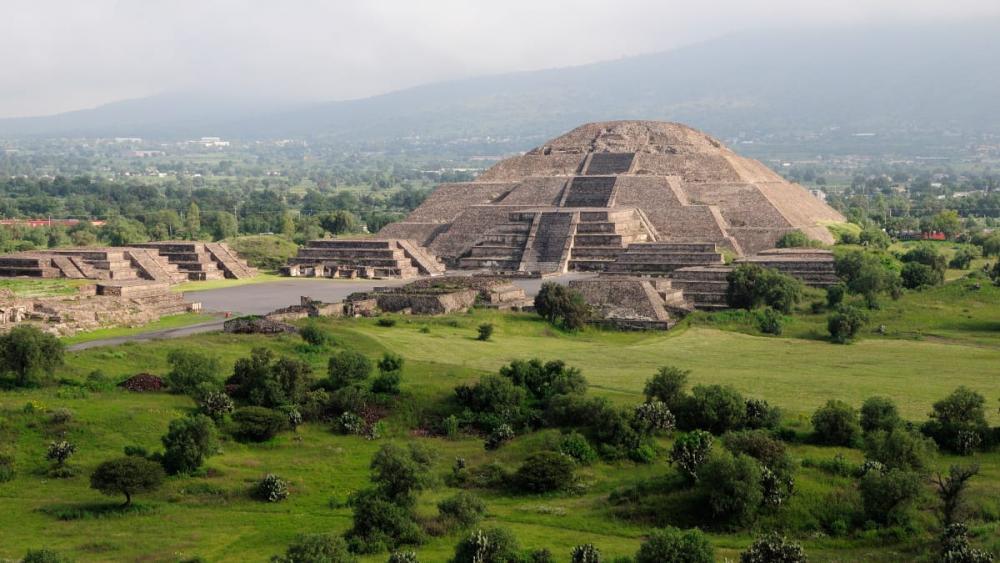
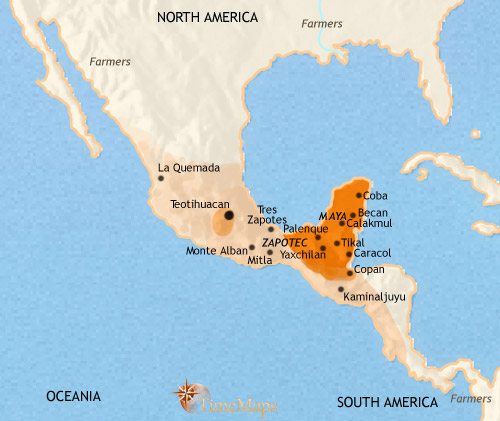
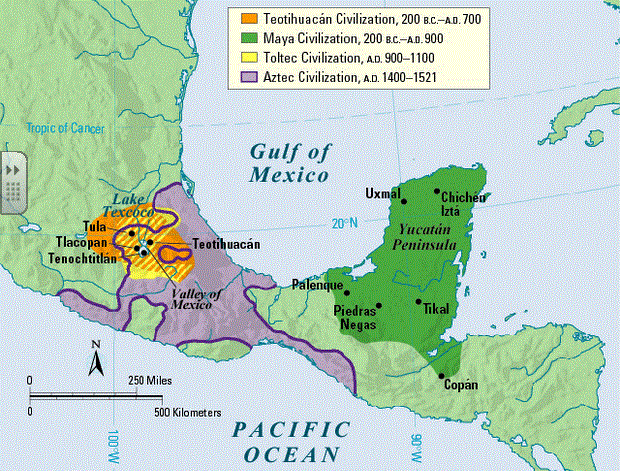
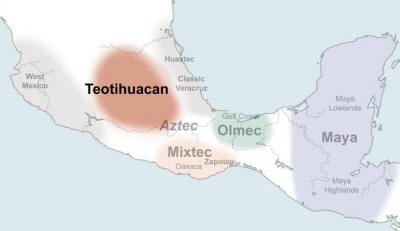


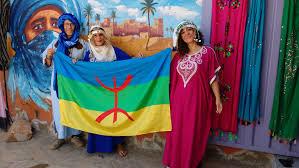


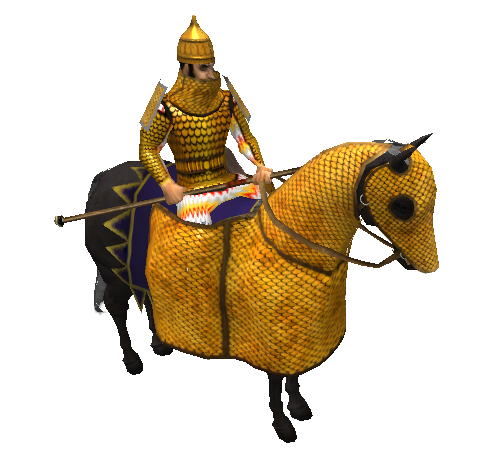
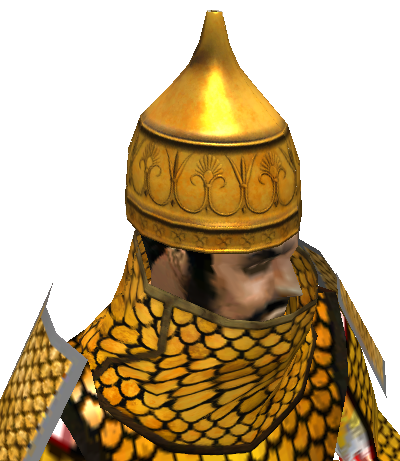
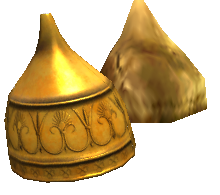
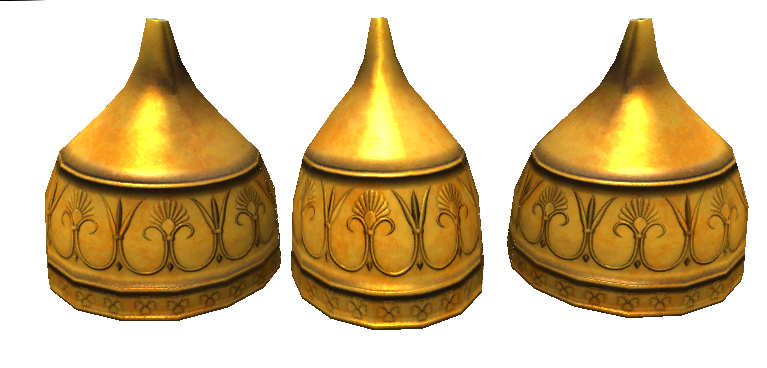
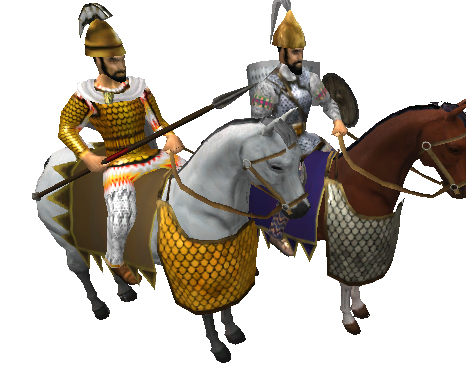
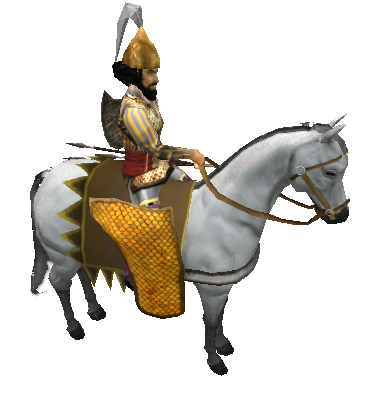
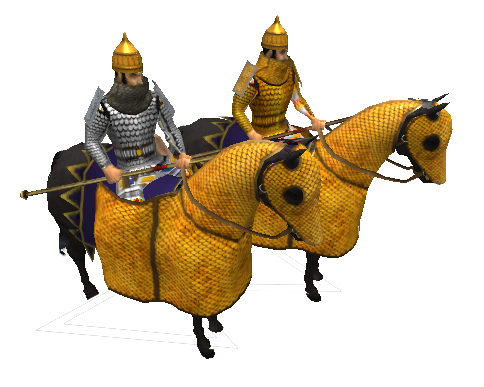
.thumb.jpeg.ff082a55e7c36ac78e97d2ede172716f.jpeg)

